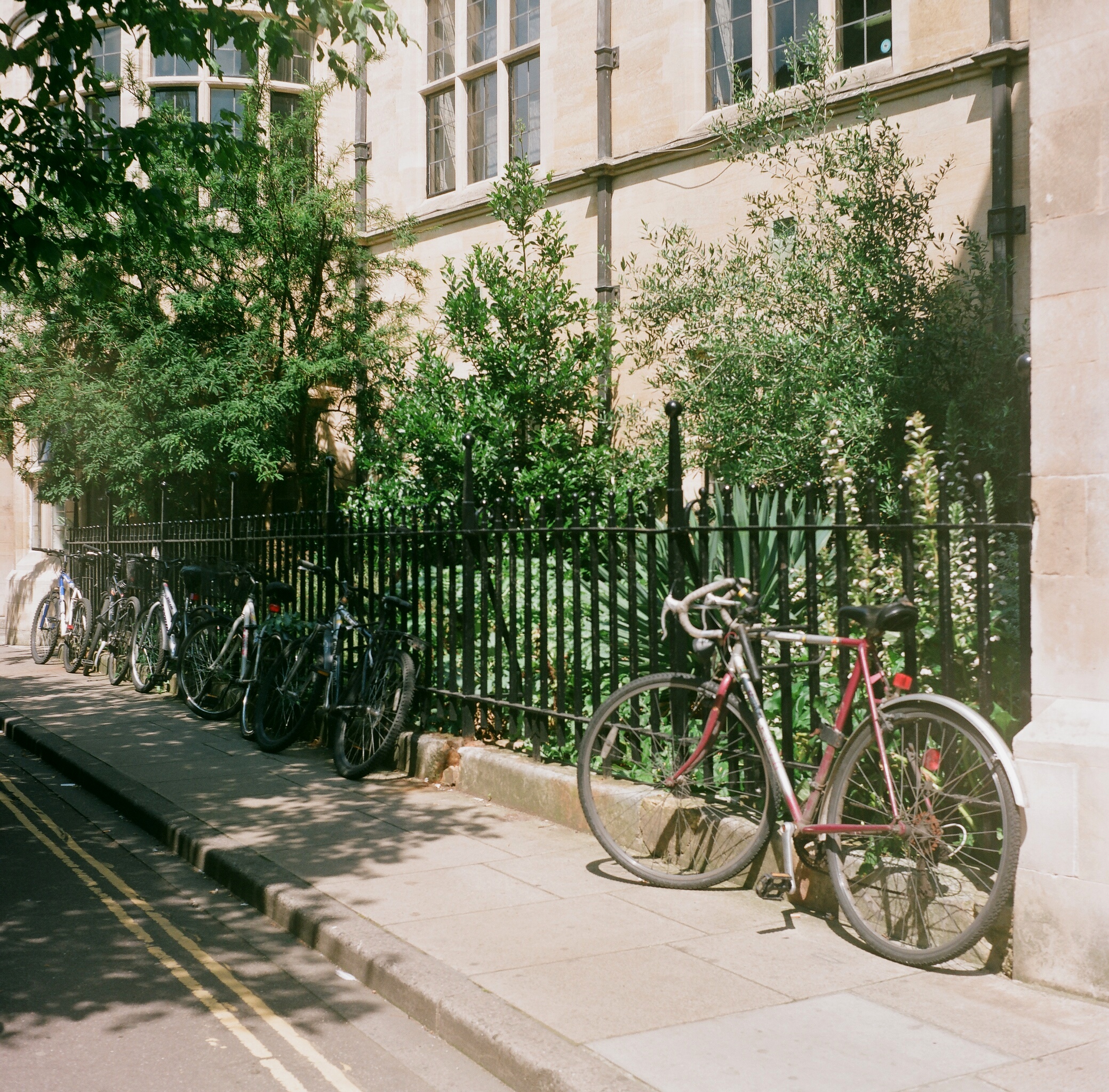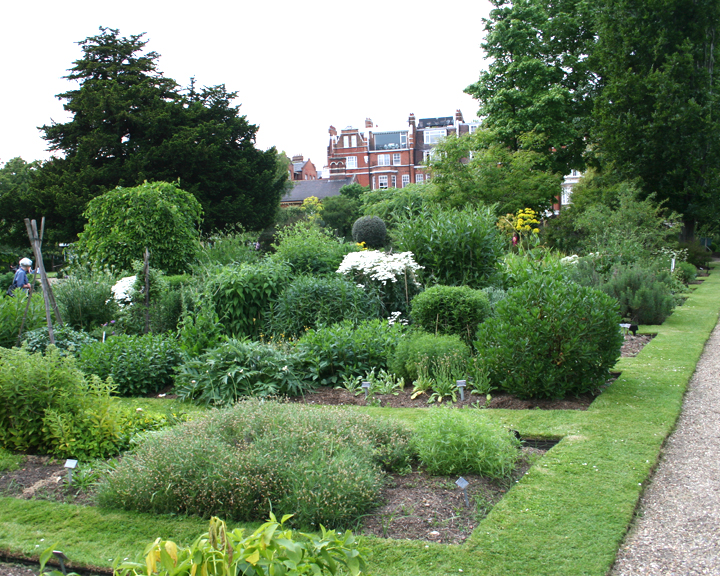|
Ulmus × Hollandica 'Cicestria'
The hybrid cultivar ''Ulmus'' × ''hollandica'' 'Cicestria', commonly known as the 'Chichester Elm', was cloned at the beginning of the 18th century from a tree growing at Chichester Hall, Rawreth, near Danbury, Essex, England, then the home of Thomas Holt White FRS, brother of the naturalist Gilbert White. The tree was first recorded by country parson and botanist Adam Buddle in south-east Essex in 1711, & Smith, R.I. (2006). Looking for the Chichester Elm. ''The Professional Gardener'' No. 112, July 2006. and appeared as ''U. cicestria'' in an 1801 catalogue. 'Cicestria' is the original ''Ulmus × hollandica'' 'Vegeta' ( Lindley, ''Hortus Cantabrigiensis'', 1823), but suffered confusion with the later Huntingdon Elm cultivar by John Claudius Loudon who, without consulting Lindley, accorded the epithet 'Vegeta' to Huntingdon Elm in 1838, as he found the two indistinguishable.Richens, R. H. (1984). ''Elm''. Cambridge University Press. J. E. Little in ''The Journal of Botany ... [...More Info...] [...Related Items...] OR: [Wikipedia] [Google] [Baidu] |
Ulmus × Hollandica
''Ulmus'' × ''hollandica'' Mill. , often known simply as Dutch elm, is a natural hybrid between wych elm (''U. glabra'') and field elm (''U. minor'') which commonly occurs across Europe wherever the ranges of the parent species overlap. In England, according to the field-studies of R. H. Richens, "The largest area f hybridizationis a band extending across Essex from the Hertfordshire border to southern Suffolk. The next largest is in northern Bedfordshire and adjoining parts of Northamptonshire. Comparable zones occur in Picardy and Cotentin in northern France". Crosses between ''U.'' × ''hollandica'' and either of the parent species are also classified as ''U.'' × ''hollandica''. ''Ulmus'' × ''hollandica'' hybrids, natural and artificial, have been widely planted elsewhere.Bean, W. J. (1981). ''Trees and shrubs hardy in Great Britain'', 7th edition. Murray, LondonElwes, H. J. & Henry, A. (1913). ''The Trees of Great Britain & Ireland.'' Vol. VII. 1848–1929. Private pub ... [...More Info...] [...Related Items...] OR: [Wikipedia] [Google] [Baidu] |
Camillo Karl Schneider
Camillo Karl Schneider (7 April 1876 – 5 January 1951) was a German botanist and landscape architect. A farmer's son, he was born at Wermsdorf, Gröppendorf, in the Kingdom of Saxony, and worked as a gardener at Zeitz, Dresden, Berlin and Greifswald. Returning to Berlin to work in the City Parks Department, he assisted in editorial work for the periodical ''Gartenwelt'', which led to his employ as a landscape assistant in Darmstadt and Berlin. In 1900, he moved to Vienna, where he practiced as a freelance architect and writer, travelling extensively through Europe. In 1904 he published his first books, including the beginning of his tome ''Illustrated Handbook of Broad-leaved Trees'', which he completed in 1912. However, the manuscript of what should have been his ''Masterpiece, magnum opus'', a study of the genus ''Berberis'', was destroyed in a bombing raid on Berlin in 1943. In 1907 he created the specimen series ''Plantae hungaricae 1907'' distributed as an exsiccata-like seri ... [...More Info...] [...Related Items...] OR: [Wikipedia] [Google] [Baidu] |
Cambridge University Botanic Garden
The Cambridge University Botanic Garden is a botanical garden located in Cambridge, England, associated with the university Department of Plant Sciences, University of Cambridge, Department of Plant Sciences (formerly Botany School). It lies between Trumpington Road to the west, Bateman Street to the north and Hills Road, Cambridge, Hills Road to the east. The garden covers an area of 16 hectares (40 acres). The site is almost entirely on level ground and in addition to its scientific value, the garden is highly rated by gardening enthusiasts. It holds a plant collection of over 8,000 plant species from all over the world to facilitate teaching and research. The garden was created for the University of Cambridge in 1831 by Professor John Stevens Henslow (Charles Darwin's mentor) and was opened to the public in 1846. The United Kingdom weather records, second-highest temperature recorded in the UK, 38.7 °C (101.7 °F), was recorded on 2019 European heatwaves, 25 July ... [...More Info...] [...Related Items...] OR: [Wikipedia] [Google] [Baidu] |
John Stevens Henslow
John Stevens Henslow (6 February 1796 – 16 May 1861) was an English Anglican priest, botanist and geologist. He is best remembered as friend and mentor to Charles Darwin. Early life Henslow was born at Rochester, Kent, the son of a solicitor John Prentis Henslow, who was the son of John Henslow. Henslow was educated at St. John's College, Cambridge where he graduated as 16th wrangler in 1818, the year in which Adam Sedgwick became Woodwardian Professor of Geology. Early career Henslow graduated in 1818. He already had a passion for natural history from his childhood, which largely influenced his career, and he accompanied Sedgwick in 1819 on a tour in the Isle of Wight where he learned his first lessons in geology. He also studied chemistry under Professor James Cumming and mineralogy under Edward Daniel Clarke. In the autumn of 1819 he made valuable observations on the geology of the Isle of Man (Trans. Geol. Soc., 1821) and in 1820 and 1821 he investigated the ... [...More Info...] [...Related Items...] OR: [Wikipedia] [Google] [Baidu] |
Norwich
Norwich () is a cathedral city and district of the county of Norfolk, England, of which it is the county town. It lies by the River Wensum, about north-east of London, north of Ipswich and east of Peterborough. The population of the Norwich City Council local authority area was estimated to be 144,000 in 2021, which was an increase from 143,135 in 2019. The wider Norwich List of urban areas in the United Kingdom, built-up area had a population of 213,166 at the 2011 census. As the seat of the Episcopal see, See of Norwich, the city has one of the country's largest medieval cathedrals. For much of the second millennium, from medieval to just before Industrial Revolution, industrial times, Norwich was one of the most prosperous and largest towns of England; at one point, it was List of towns and cities in England by historical population, second only to London. Today, it is the largest settlement in East Anglia. Heritage and status Norwich claims to be the most complete medie ... [...More Info...] [...Related Items...] OR: [Wikipedia] [Google] [Baidu] |
Woburn Abbey
Woburn Abbey (), occupying the east of the village of Woburn, Bedfordshire, England, is a country house, the family seat of the Duke of Bedford. Although it is still a family home to the current duke, it is open on specified days to visitors, along with the diverse estate surrounding it, including the historic landscape gardens and deer park (by Humphry Repton), as well as more recently added attractions including Woburn Safari Park, a miniature railway and a garden/visitor centre. It was built by William Russell, 1st Baron Russell of Thornhaugh. Pre-20th century Monastic origins Woburn Abbey, comprising Woburn Park and its buildings, was set out and founded as a Cistercian abbey in 1145. The Cistercian community was dissolved by Henry VIII in 1538. Early Russell family rebuilding projects In 1547 the estate became the seat of the Russell family and the Dukes of Bedford, Around 1630, Francis Russell, 4th Earl of Bedford undertook the first rebuilding, demolishing ... [...More Info...] [...Related Items...] OR: [Wikipedia] [Google] [Baidu] |
North Fambridge
North Fambridge is a village and civil parish on the Dengie peninsula in the English county of Essex. North Fambridge is on the north bank of the River Crouch opposite South Fambridge and is served by North Fambridge railway station on the Crouch Valley Line. Administratively, North Fambridge forms part of the ward of Purleigh in the district of Maldon. Adjoining the village is Blue House Farm, a Site of Special Scientific Interest and nature reserve owned by the Essex Wildlife Trust. In the Domesday Book, North Fambridge was known as 'Fanbruge'. North Fambridge is home to the Fambridge Yacht Haven Middle Distance Triathlon. The first event took place on 24 July 2011 and was the first Half Ironman Triathlon in Essex and the wider region. Local amenities The local public house A pub (short for public house) is in several countries a drinking establishment licensed to serve alcoholic drinks for consumption Licensing laws of the United Kingdom#On-licence, on th ... [...More Info...] [...Related Items...] OR: [Wikipedia] [Google] [Baidu] |
Chelsea Physic Garden
The Chelsea Physic Garden was established as the Apothecaries' Garden in London, England, in 1673 by the Worshipful Society of Apothecaries to grow plants to be used as medicines. This four acre physic garden, the term here referring to the science of healing, is among the oldest botanical gardens in Britain, after the University of Oxford Botanic Garden. Its rock garden is the oldest in Europe devoted to alpine plants and Mediterranean plants. The garden has high brick walls which trap heat, giving it a warm micro-climate, and it claims the largest fruiting olive tree in Britain and the world's northernmost grapefruit growing outdoors. Jealously guarded during the tenure of the Worshipful Society of Apothecaries, the garden became a Charitable organization, registered charity in 1983 and was opened to the general public for the first time. The garden is a member of the London Museums of Health & Medicine. It is also Grade I listed in the Register of Historic Parks and Gardens ... [...More Info...] [...Related Items...] OR: [Wikipedia] [Google] [Baidu] |
Oliver Rackham
Oliver Rackham (17 October 1939 – 12 February 2015) was an academic at the University of Cambridge who studied the ecology, management and development of the British countryside, especially trees, woodlands and wood pasture. His books included ''Ancient Woodland'' (1980) and ''The History of the Countryside'' (1986). Life and academic career Rackham was born in Bungay in Suffolk, and attended Norwich School. In 1958 he won a scholarship to Corpus Christi College, Cambridge, graduating in Natural Sciences in 1961 and subsequently gaining a PhD. He began his academic career studying physics, but moved between several Cambridge departments (where his field notebooks are now digtially archived). He conducted research in the Department of Botany from 1964 to 1968 and 1972 to 1990, and the Plant Breeding Institute of Cambridge from 1968 to 1972. He transferred to the Department of Geography from 1988 to 2000, latterly as Professor, and was appointed Honorary Professor of His ... [...More Info...] [...Related Items...] OR: [Wikipedia] [Google] [Baidu] |
Hans M
Hans may refer to: __NOTOC__ People * Hans (name), a masculine given name * Hans Raj Hans, Indian singer and politician ** Navraj Hans, Indian singer, actor, entrepreneur, cricket player and performer, son of Hans Raj Hans ** Yuvraj Hans, Punjabi actor and singer, son of Hans Raj Hans * Hans clan, a tribal clan in Punjab, Pakistan Places * Hans, Marne, a commune in France * Hans Island, administrated by Greenland and Canada Arts and entertainment * ''Hans'' (film) a 2006 Italian film directed by Louis Nero * Hans (Frozen), the main antagonist of the 2013 Disney animated film ''Frozen'' * ''Hans'' (magazine), an Indian Hindi literary monthly * ''Hans'', a comic book drawn by Grzegorz Rosiński and later by Zbigniew Kasprzak Other uses * Clever Hans, the "wonder horse" * ''The Hans India'', an English language newspaper in India * HANS device, a racing car safety device * Hans, the ISO 15924 code for Simplified Chinese characters See also *Han (other) Han may refer t ... [...More Info...] [...Related Items...] OR: [Wikipedia] [Google] [Baidu] |


